Possessive apostrophe KS1/KS2 – Best worksheets and resources for primary SPaG
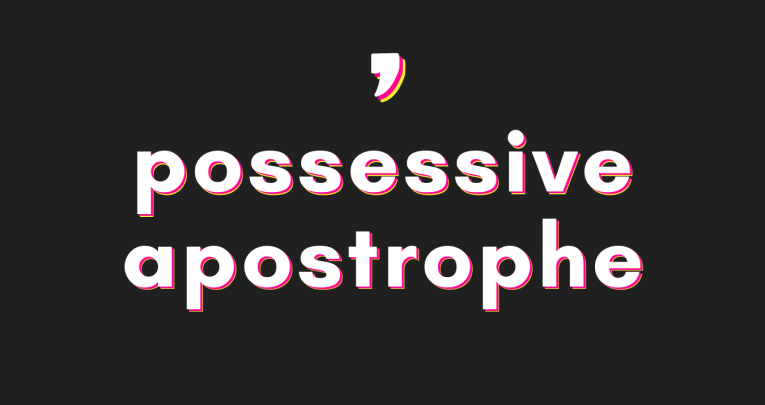
If you're teaching apostrophes for possession in Key Stage 1 or 2, this collection of worksheets, activities, ideas and other resources will help pupils get to grips with this part of punctuation…

- by Teachwire
- Classroom expertise and free resources for teachers
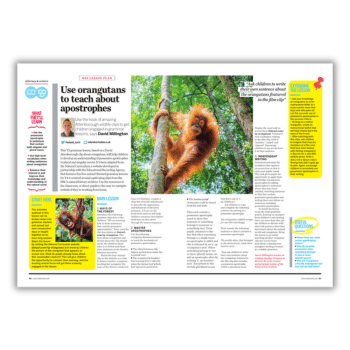
What is a possessive apostrophe?
A possessive apostrophe is used to indicate that one thing belongs to, or is connected to, something else, eg ‘This is Roberta’s coat’ or ‘This school’s dress code is strict’.
Possessive apostrophe rules
The apostrophe is placed after the plural form of the word; –s is not added if the plural already ends in –s, but is added if the plural does not end in –s (ie is an irregular plural – eg children’s).
Note that singular proper nouns ending in an s use the ’s suffix, eg Cyprus’s population
Apostrophe for possession examples
- Megan’s
- Ravi’s
- the girl’s
- the child’s
- the man’s
- Germany’s
- girls’
- boys’
- babies’
- children’s
- men’s
- mice’s
National Curriculum English programmes of study links
- Learning the possessive apostrophe (singular) [for example, the girl’s book]
- Place the possessive apostrophe accurately in words with regular plurals [for example, girls’, boys’] and in words with irregular plurals [for example, children’s]
- Indicating possession by using the possessive apostrophe with plural nouns
Attenborough wildlife clips Year 5 lesson
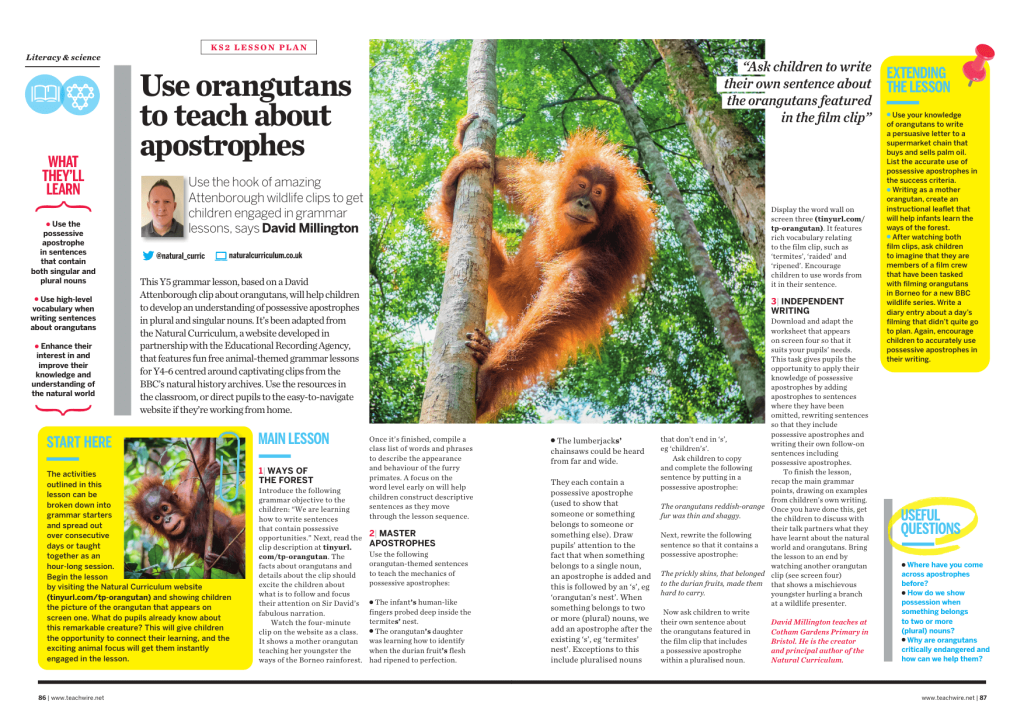
Use the hook of amazing Attenborough wildlife clips to engage children in grammar with this free possessive apostrophe KS2 lesson plan. Pupils will develop an understanding of possessive apostrophes in plural and singular nouns.
Year 2 possessive apostrophe spelling worksheets

These worksheets, covering apostrophes for possession, are an excellent way for children in Y2 to revise and practise this spelling pattern.
They include five different activities in which children look at spelling patterns, identify misspelt words and apply their spellings in context, and can be used within lessons, as an assessment or as a homework task.
Apostrophe lesson plan for KS1/2
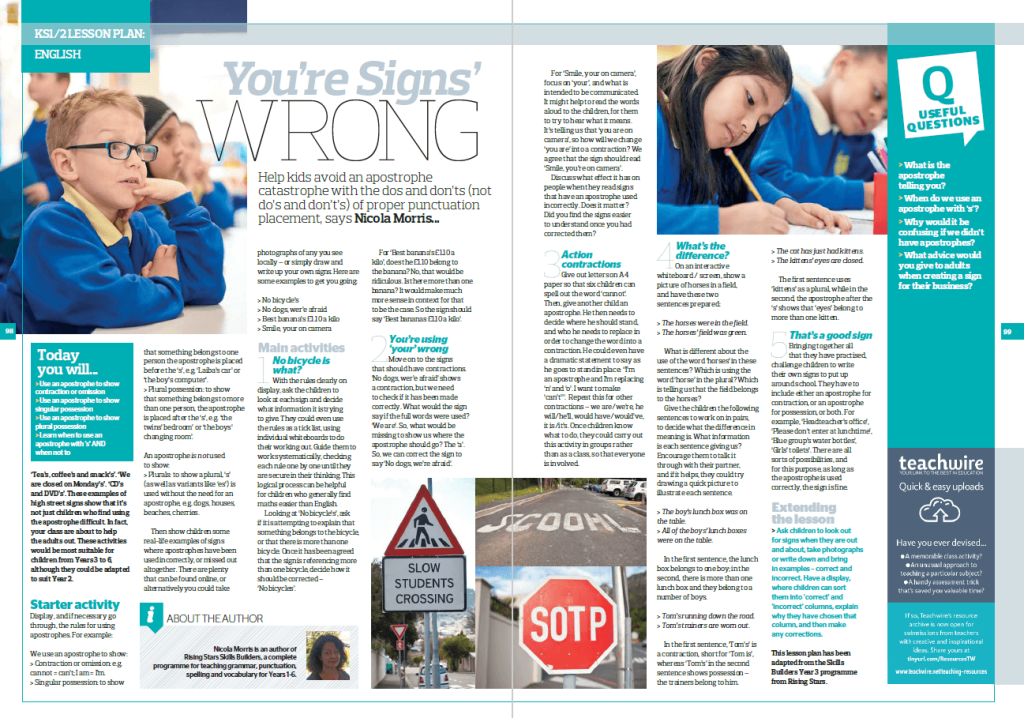
‘Tea’s, coffee’s and snack’s’. ‘We are closed on Monday’s’. ‘CD’s and DVD’s’. These examples of high street signs show that it’s not just children who find using the apostrophe difficult.
In fact, your class are about to help the adults out.
These activities would be most suitable for children from Years 3 to 6, although they could be adapted to suit Year 2, and will teach them how to use an apostrophe to show contraction or omission, singular possession and plural possession.
Year 2 apostrophes for possession and contraction worksheet

This bright, appealing grammar worksheet is an excellent way to practise and revise using apostrophes for possession and contraction in Year 2.
It is divided into five sections: understand, challenge, test, explain and apply, with SATs-style questions and opportunities for creative writing responses, with eye-catching images as prompts.
Trending
Possessive apostrophes Year 3 lesson pack

This powerful KS2 grammar resources pack provides everything you need to teach a series of five lessons on apostrophes for possession, culminating in an extended writing task where children can use their grammatical understanding in context.
There’s a challenge worksheet, an uplevelling extension worksheet, activity cards and teacher’s notes to explain how everything can be used.
Possessive apostrophe question sheets
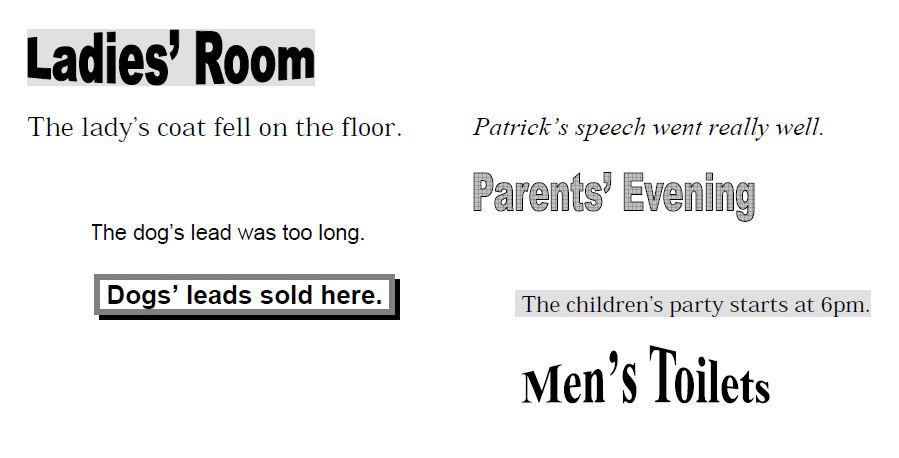
On this five-page worksheet, children need to discuss why apostrophes are used in the examples given, add possessive apostrophes to sentences where needed and rewrite and shorten sentences by using apostrophes.
It comes with a page of tips, and answers too.
Possessive apostrophe with plural words worksheets Y3/4
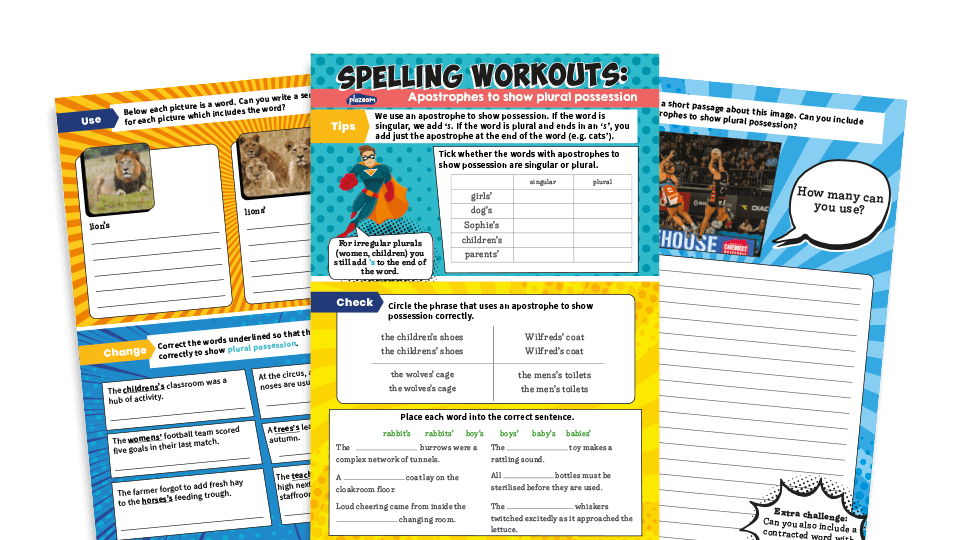
With these worksheets, Year 3 and 4 children will look at possessive apostrophes with plural words, over the course of five different activities.
They’ll explore spelling patterns, pick out misspelt and write their own examples of sentences and passages that include possessive apostrophes.
Possessive apostrophes quick tips

If you need help embedding this learning with students, Rachel Clarke created this handy guide for possessive apostrophes in primary.







